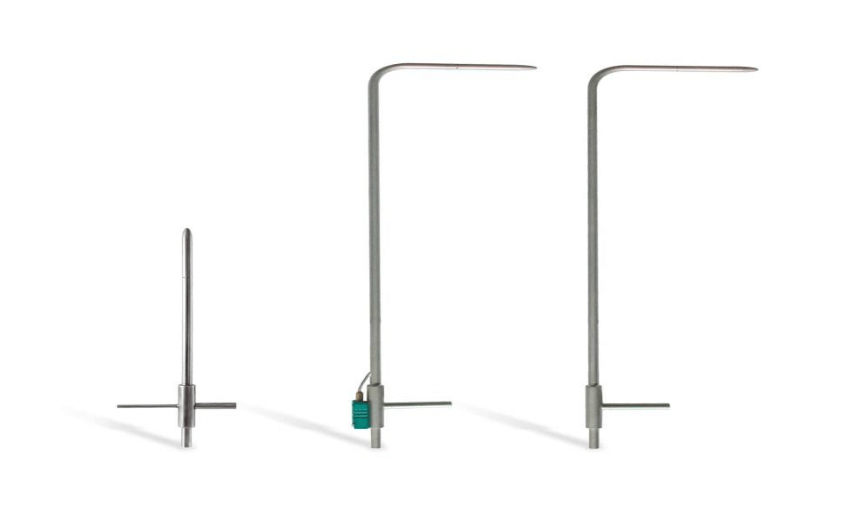MANUFACTURING MODULAR OPERATION THEATER

ISO 14644 is a standard that provides guidelines for the classification of airborne particulate cleanliness in cleanrooms and controlled environments. It does not specifically outline procedures for air velocity testing using a pitot tube. However, I can provide you with a general explanation of how to conduct an air velocity test using a pitot tube.
Here’s a step-by-step procedure for conducting an air velocity test with a pitot tube:Here’s a step-by-step procedure for conducting an air velocity test with a pitot tube:
Equipment Preparation:
- Ensure you have a calibrated pitot tube, which consists of a small tube connected to a pressure gauge.
- Verify that the pitot tube is clean and free from any obstructions or damage.
- Calibrate the pressure gauge according to the manufacturer’s instructions.
Test Setup:
- Position the pitot tube in the airflow that you want to measure. The pitot tube should be aligned with the airflow direction and perpendicular to the airflow.
- Make sure there are no obstructions or disturbances near the pitot tube that could affect the airflow.
Measurements:
- Turn on the pressure gauge and allow it to stabilize.
- Position the pitot tube in the airflow, ensuring that it is fully exposed to the airflow.
- Hold the pitot tube steady for a sufficient period to take accurate readings.
- Record the pressure reading from the gauge.
Calculation:
- Use the recorded pressure reading to calculate the air velocity using the appropriate formula or conversion table provided with the pitot tube.
- If necessary, convert the air velocity from the pitot tube measurement to the desired unit of measurement specified in ISO 14644.
Repeat and Average:
- Repeat the measurements at multiple locations within the cleanroom or controlled environment to ensure representative sampling.
- Take multiple measurements at each location and calculate the average air velocity to obtain a more reliable result.
Documentation:
- Record all the measurement data, including the location, time, and corresponding air velocities.
- Include information about the pitot tube used and its calibration details.
- Document any observations or anomalies that may have affected the measurements.